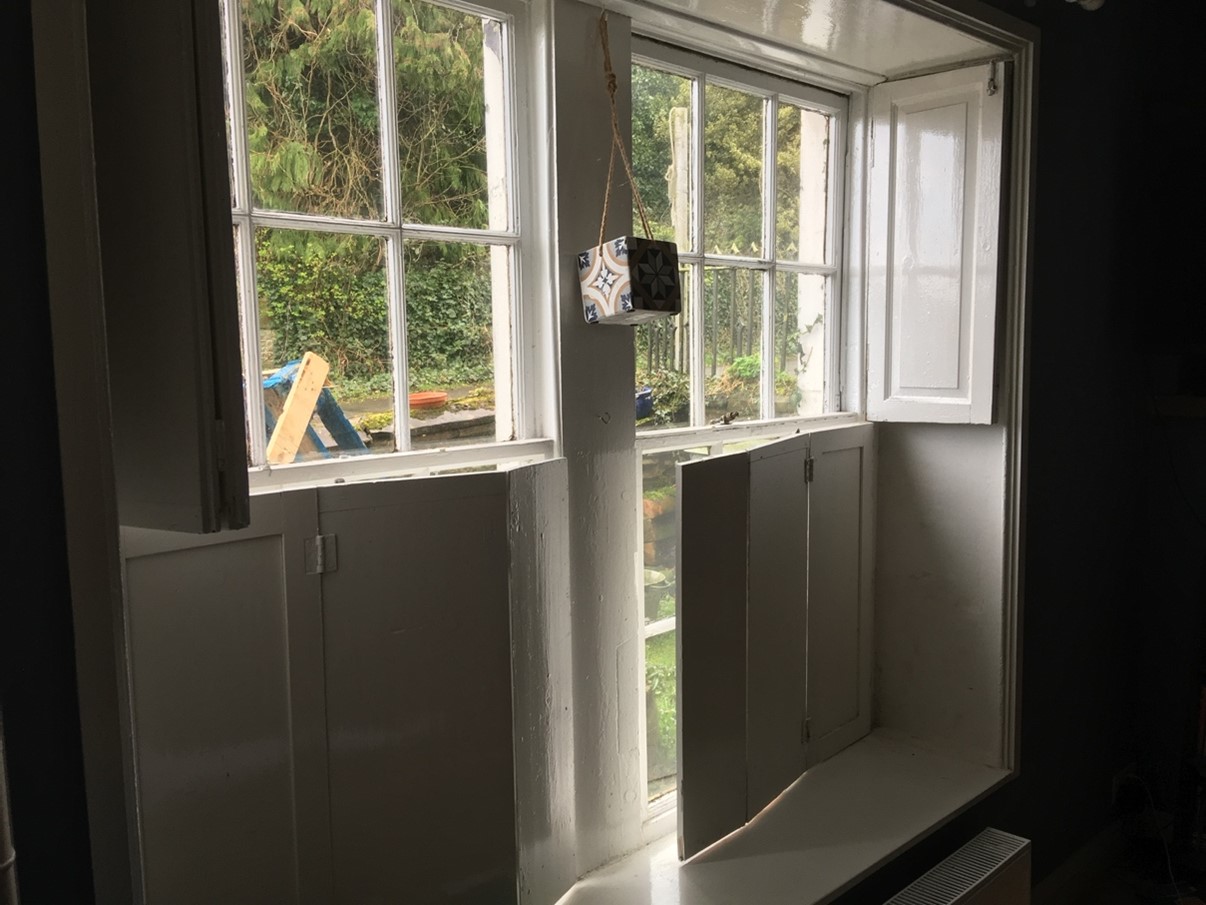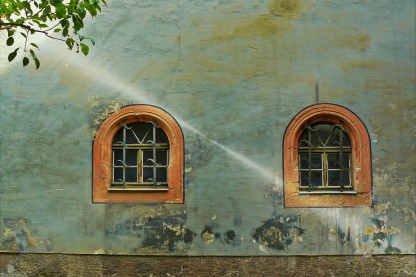The need to retrofit
Homes in the UK are responsible for around 18% of total UK carbon emissions and between 80-90% of the homes that will be in use in 2050 have already been built. Retrofitting existing buildings to reduce their energy demand and associated carbon emissions is, therefore, a key strategy that has been highlighted by the UK Committee on Climate Change and is acknowledged in the Government’s recent heat and buildings strategy.
However, 20-30% (that's over ten million homes) of the UK housing stock have heritage value. Many of these buildings aren’t officially designated, meaning that they are not listed or in conservation areas , but they still have a vital role in shaping the character of our urban and rural communities. Like all buildings, those with heritage value need to be retrofitted to dramatically reduce carbon emissions.
Heritage buildings: the challenges and opportunities
Heritage buildings often can’t be retrofitted using standard solutions. Their traditional construction requires different approaches to modern buildings, and the heritage values invested in these buildings may preclude standard retrofit solutions such as external wall insulation or window replacement. Retrofits in owner-occupied homes are decided on, and mainly funded by, residents, and if measures aren’t acceptable to their heritage values they won’t be enacted.
Heritage buildings can be comfortable to live in and can perform well if used and maintained appropriately. Problems such as dampness often occur because of ‘maladaptation’, where inappropriate changes prevent the building from functioning correctly, for example, cement render trapping moisture in a previously ‘breathable’ stone wall. Unfortunately, many buildings have suffered from maladaptation or poor maintenance, affecting their comfort and energy use.
We can learn many lessons from heritage buildings and how they were used historically, including identifying low-cost solutions that can form part of a holistic approach. Reinstating traditional shutters for example can dramatically reduce heat loss through windows, while the use of ‘personal insulation’ (jumpers and slippers!) and heating strategies to keep people rather than buildings warm can significantly reduce carbon while improving comfort.
These solutions can also have a lower embodied carbon impact. Embodied carbon is that which is emitted during the sourcing, transport and manufacture of materials for retrofit and during the retrofit’s installation, any maintenance and end of life disposal. Embodied carbon is increasingly important but is currently rarely considered and is not included in energy policies for buildings.
My research
I had always planned to become a historian/archaeologist. However, as part of my degree with The Open University, I did modules on the challenges of climate change and the need to take action in all sectors, including for buildings. I, therefore, decided that I wanted to do a PhD on a topic that had direct practical relevance to the climate crisis, in the hope that I could make a useful contribution.
My research is investigating ways to reduce carbon emissions from heritage buildings while retaining their heritage values. I’ve been able to publish in various formats on this topic and I was very pleased to be asked, in the lead up to COP26, to contribute to a video that Historic England was producing on Climate Change and Historic Buildings.
I discussed some of the findings of my research and provided some ideas for smaller, low cost and low impact measures that people might be able to install in their buildings to help reduce their energy and carbon and improve their comfort. The other two speakers in the video talked about some of the lessons that we can learn from heritage buildings, both in the UK and around the world and how these may have relevance for modern buildings too. This video was shown by Historic England at COP26 and has now been made available to the general public.
There is a clear need for increased policy action and support from the government for the retrofit of our existing buildings. We all, however, have a responsibility to take action to reduce our personal carbon emissions. There are actions that everyone can take to improve the performance of their buildings and do their bit to help save the planet. These types of changes may have a small impact individually but collectively could contribute to significant carbon reductions, something which is clearly and immediately required if we are to meet our climate targets.
Click here to watch a video explaining my research in an accessible manner.







Rate and Review
Rate this article
Review this article
Log into OpenLearn to leave reviews and join in the conversation.
Article reviews